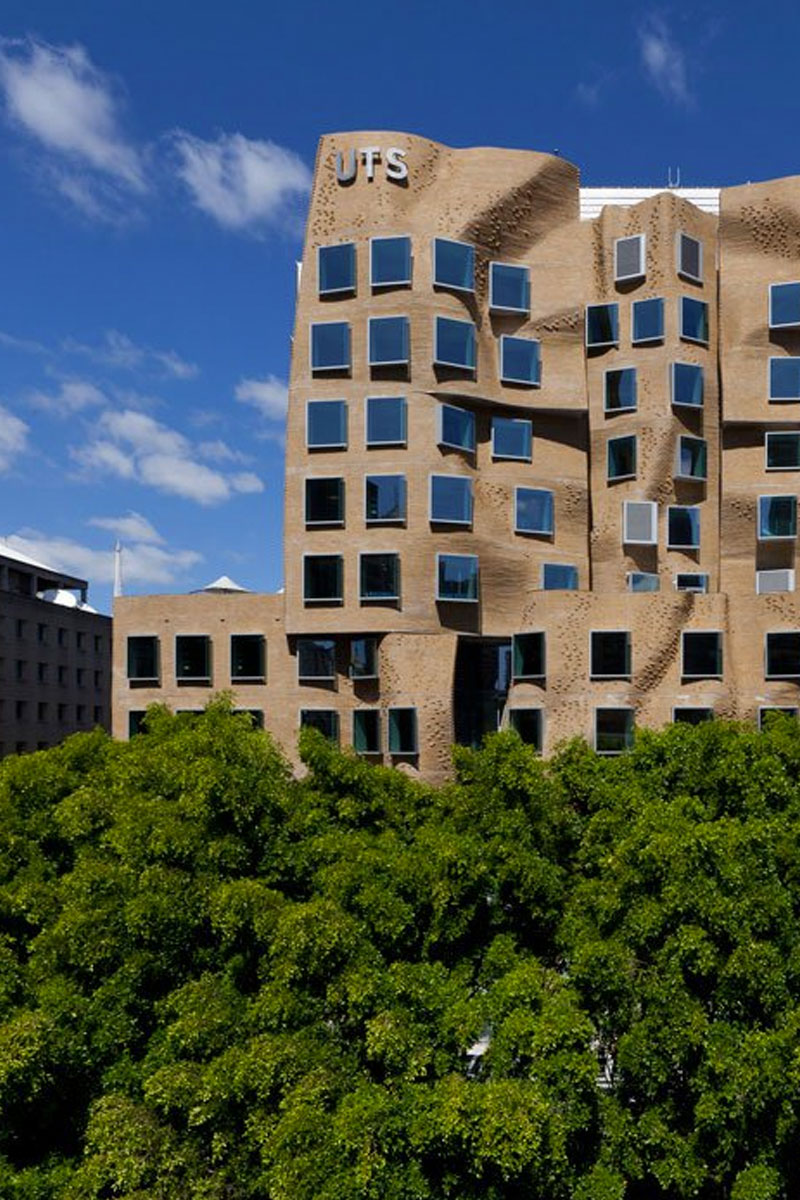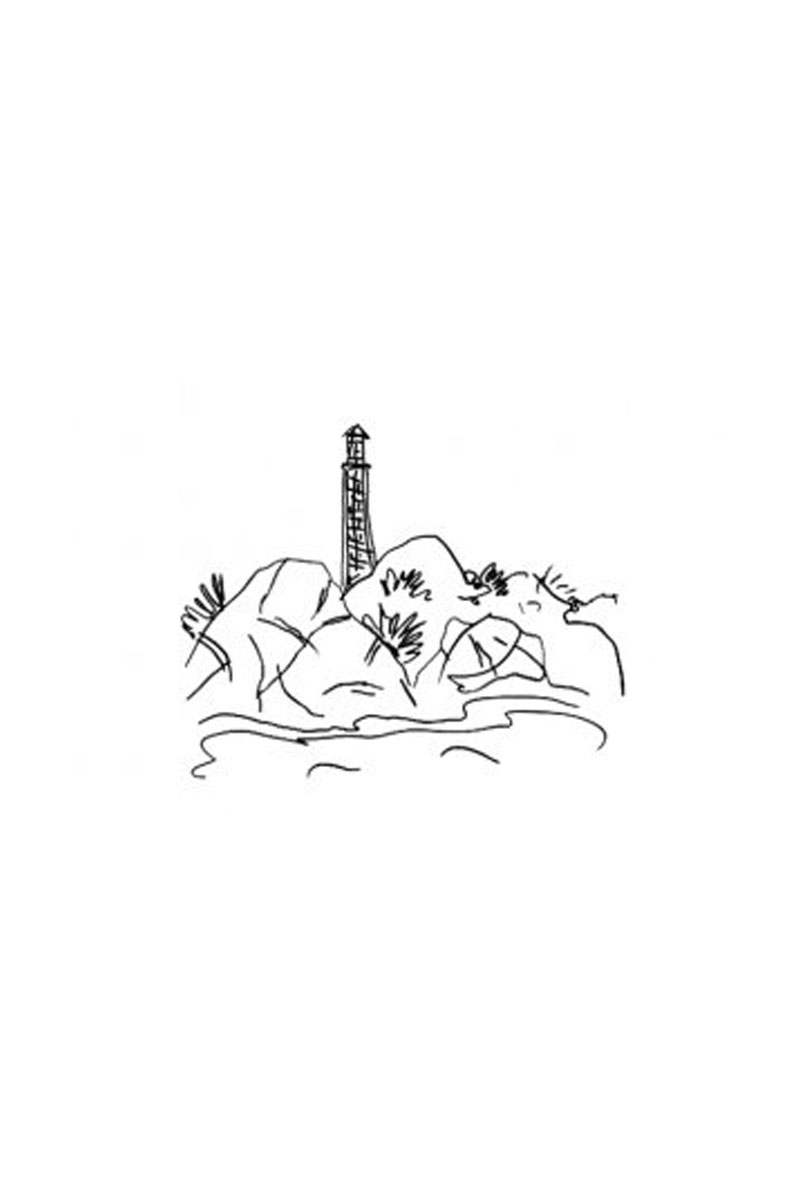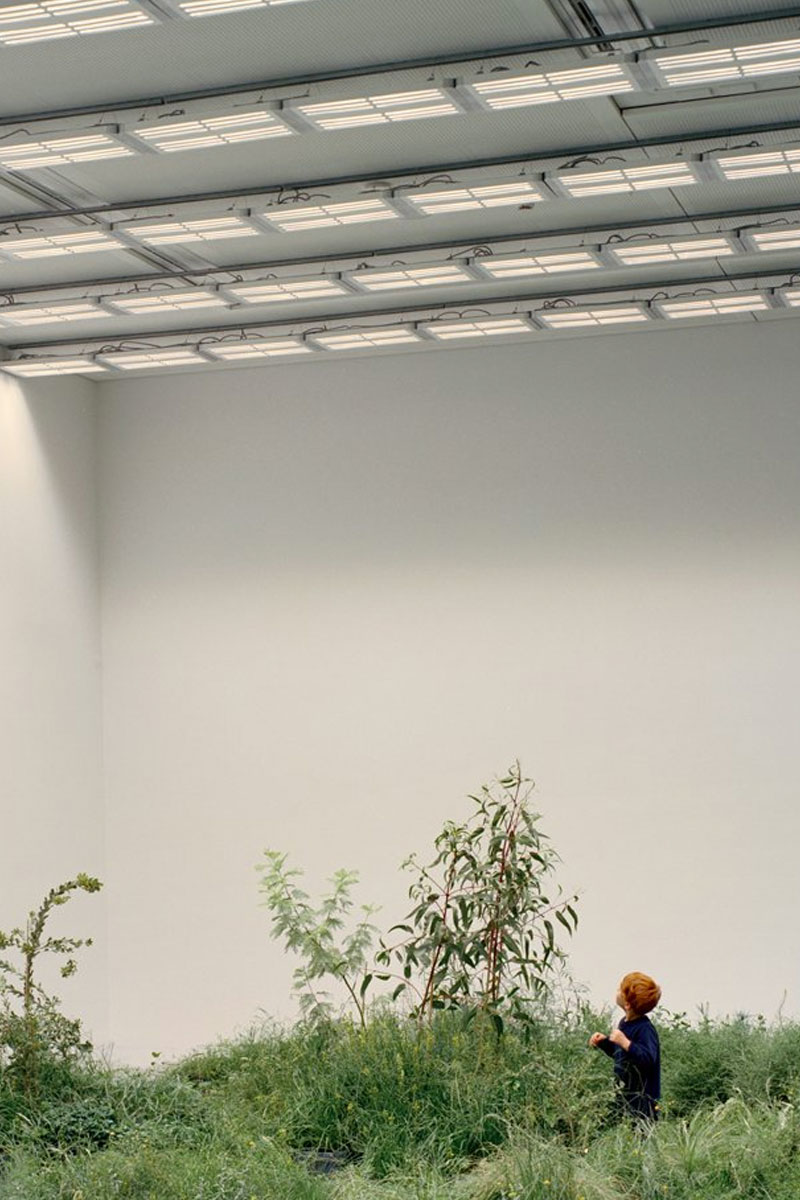Each month the editorial team at The Monthly and The Saturday Paper curate a selection of insightful articles which explore a particular topic. Coinciding with a featured documentary topic for new DocPlay releases, these selections provide a great opportunity to dive deeper.
The Monthly’s architecture critic, David Neustein, writes wonderfully about new Australian architecture and its social and political context. He has explored the Frank Gehry-designed “brown paper bag”, the Dr Chau Chak Wing Building at the University of Technology, Sydney. (“Gehry is famous for his thick skin, and his buildings are no different,” writes Neustein.)
Recently he wrote about the pavilions constructed for the Wukulina Walk in northern Tasmania, a new Indigenous-run tourism venture that immerses its guests in the culture of its traditional custodians. And in his recent review of the 16th Venice Architecture Biennale Neustein places the characteristic styles and concerns of Australian architects into a global perspective. Treat yourself to an architect’s view of some of the most interesting new developments in the built environment around us.
Cyclone Frank
“Frank Gehry, you’re a genius!” The real Frank Gehry will forever be conflated with his depiction on The Simpsons as an idiot savant who finds design inspiration in scrunched-up wads of paper. “Brown paper bag”, the nickname given to Gehry’s first Australian project, gleefully invokes this association. Officially, the new business school at the University of Technology, Sydney, in Ultimo is named after its major donor, Dr Chau Chak Wing.
Walking the Wukalina Walk
In 1773, English captain Tobias Furneaux observed the many campfires burning along Tasmania’s north-east coast and named the area Bay of Fires. The name is often misinterpreted as a reference to the dramatic orange lichen that grows on the bay’s granite boulders. While it is possible to visit the Bay of Fires today and see only natural beauty, the area is rich with evidence of its first inhabitants.
Two worlds at the 16th Venice Architecture Biennale
In Italo Calvino’s book Invisible Cities, the Venetian adventurer Marco Polo entertains the Mongol emperor Kublai Khan with stories of the many exotic cities he has visited in his travels. One of the twinned cities of Valdrada, for instance, is built on the shores of a lake, with everything that exists above duplicated in the other city reflected in the waters below. “Valdrada’s inhabitants know that each of their actions is, at once, that action and its mirror-image,” writes Calvino. Spoiler alert: eventually Marco Polo reveals that each and every one of the strange and fantastical cities he has described is actually an allegorical version of Venice. The adventurer’s stories add up to a composite portrait of a city so complex and improbable that it requires an entire atlas to encompass it.





